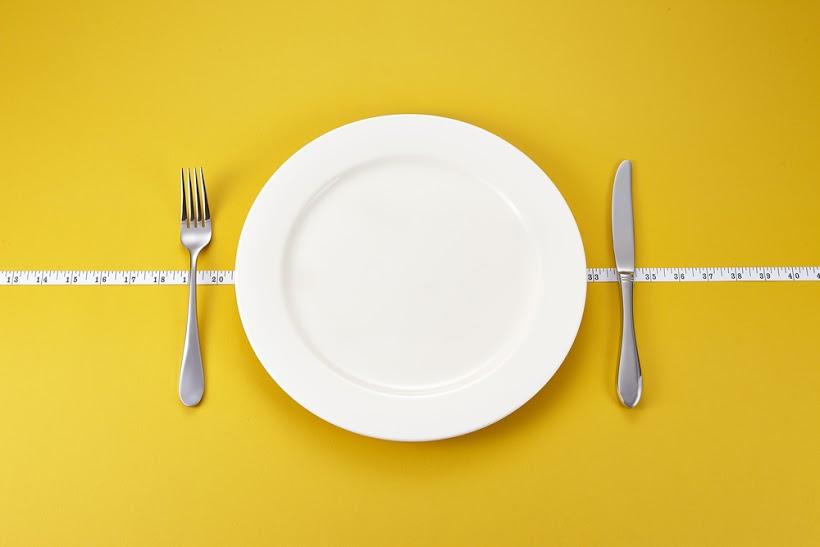Do you really need to lose weight?
Check your BMI before you decide to lose weight!

Medical Fact Checked by: Dr. Bryan Havoc
You’re standing in front of the mirror, looking into your reflection and decide: there is too much of me! It doesn’t matter that everyone around says that you look at yourself too critically. Weight seems to be ok but that folds here and there are keeping you awake at night...It’s high time to check if the time for dieting has really come.
Calculate your BMI
BMI (Body Mass Index) is the simplest and the most common indicator of overweight and obesity. It shows if proportion of body mass to height is proper. BMI is calculated by a simple formula, in which weight in kilograms is divided by the square of height in meters.
BMI = body mass (kg)/[height (m)]2
We interpret the result with determined ranges:
| Very severely underweight | less than 15 |
| Severely underweight | from 15.0 to 16.0 |
| Underweight | from 16.0 to 18.5 |
| Normal (healthy weight) | from 18.5 to 25 |
| Overweight | from 25 to 30 |
| Obese Class I (Moderately obese) | from 30 to 35 |
| Obese Class II (Severely obese) | from 35 to 40 |
| Obese Class III (Very severely obese) | over 40 |
The studies have shown that people with normal BMI range (between 18,5 – 25) enjoy good health for the longest time and most rarely suffer from life-threatening diseases, including diabetes mellitus type 2, atherosclerosis and cardiovascular diseases.
But before you’ll blindly trust numbers, remember that BMI is not a perfect indicator. Its results are not reliable in the case of pregnant women, sportsmen and people with developed muscle tissue, growing children and older people, for whom it’s hard to make exact height measure.
People who workout intensively and regularly on a gym will have a very high BMI because of muscularity.
Muscles weight much more than adipose (fat) tissue, that is why a body mass of (e.g. bodybuilders) can falsely show overweight. Opposite situation can also happen. People who weight not much can have too much adipose tissue (which is lighter than muscle tissue). Then BMI will show right result and someone standing in front of the mirror will notice superfluous fat on their body.
Check body fat percentage
If not BMI, what will show that it’s high time for a diet and training? One of the way to estimate a real body fat percentage is skin-fold thickness measurement, made in specific locations of the body by using a tester called caliper. More modern and precise method is bioelectrical impedance measurement (BIA - Bioelectrical Impedance Analysis).
These days even simple bathroom scales are featured with that function, but their results are rather rough. Really exact picture of body composition (including amount of water and muscles) will be given by a measurement made in nutritionist office, where a specialist, using professional equipment, will evaluate and interpret amount of adipose tissue, muscles and water.
Why is it worth to run all that tests before deciding to go on a diet? Because we are usually disposed to trusting blindly in our subjective assessments. And it is not really working. Once you acknowledge yourself as too fat - led by trends for unnatural thinness and XXS size, which has nothing in common with health and good mood (or even with attractive look!) it is easy to fall into “a trap of dieting”. A common sense will be helpful in that situation and if indeed we have some extra kilograms - a good action plan.
*This article is for informational purposes only and does not constitute medical advice. The information contained herein is not a substitute for and should never be relied upon for professional medical advice. Always talk to your doctor about the risks and benefits of any treatment.

